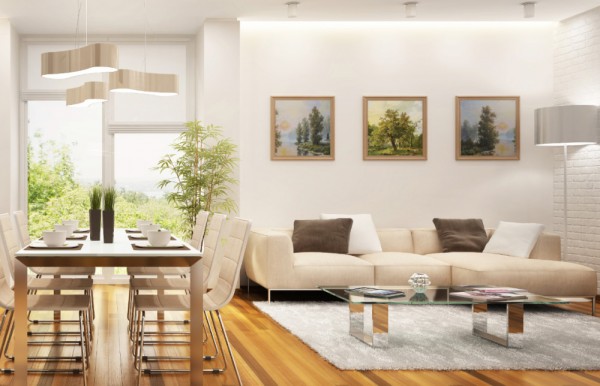Organic food usually tastes better, and is better for you, but it can also be very expensive compared to non-organic products. Organic food can cost nearly 50 percent more, thanks to the extra labor required to produce it and consumers’ demand exceeding supply.
So how do you get tasty organic food without spending a ton of extra money? Follow these tips to get more bang for your buck.
Shop at farmers’ markets: You can get fresh organic produce for far less at a farmers’ market than you’d pay at the grocery store. It’ll taste just as good, and you’re getting your food straight from the source.
Choose seasonal produce: Out-of-season produce usually has to be imported, and that can really drive up the price. Focus your meals on in-season fruits and vegetables so that you don’t end up paying $6.00 for a pound of organic asparagus.
Shop more frequently, and plan your meals around bulk sales: The trick here is to only buy what’s needed for your meals, and to only plan for a week of meals at most. That way you’re less likely to throw food away, because you can use leftover produce for more meals before it goes bad.
Grow your own: A home vegetable garden will provide some extremely cheap organic produce, and gardening can also be a fun and rewarding hobby.
